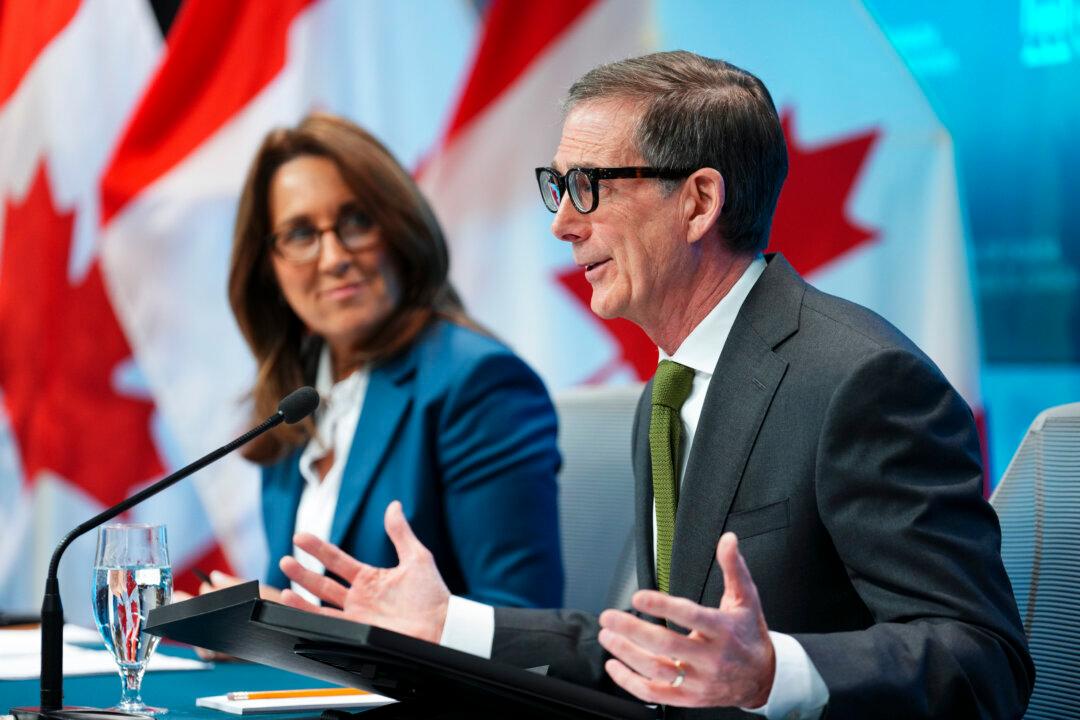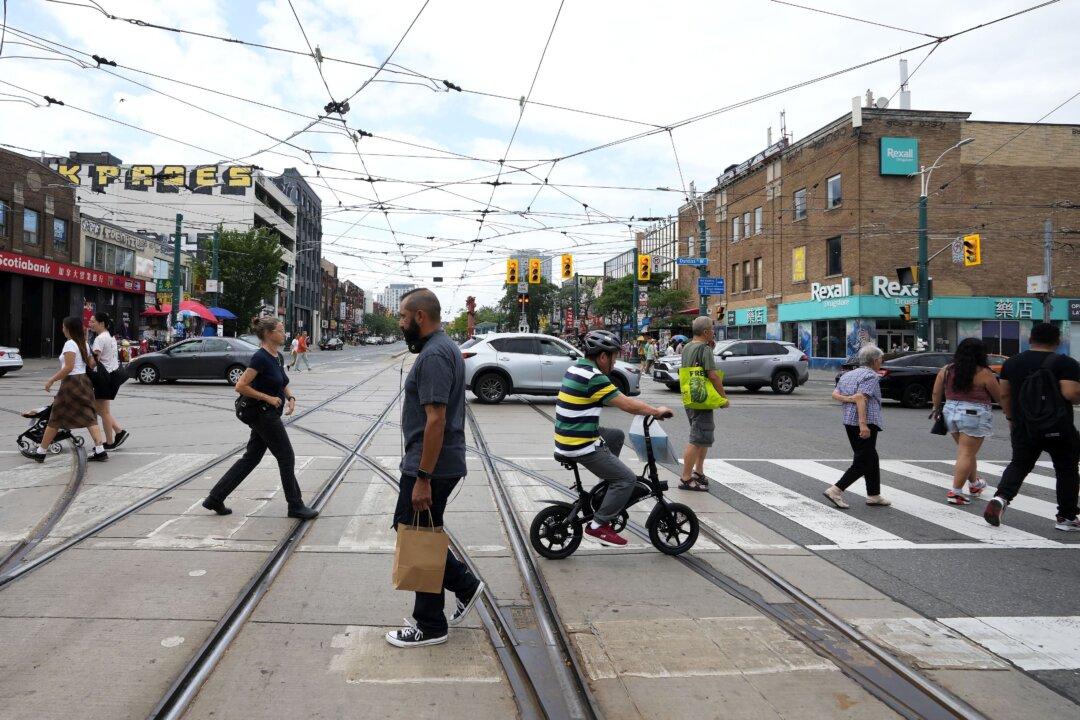As Canadians struggle with record gas prices and rising food costs, the Liberal government is under pressure from the Conservatives and NDP to ease the cost-of-living crisis. But analysts say neither of those parties’ proposals nor the government’s actions are anything other than stop-gap measures, which don’t deal with the underlying problems. They add that government belt-tightening would help the Bank of Canada get red-hot inflation under control.
Philip Cross, former chief economic analyst at Statistics Canada and Munk senior fellow at the Macdonald-Laurier Institute, says proposals from the Opposition Conservatives and the NDP may be popular but won’t remedy the broader inflation problem and can actually make it worse.
“What’s driving up gas prices is not the price of crude oil. It’s the lack of refining capacity. So anything that increases the demand for refined petroleum products is just going to make things worse, whether it’s gas [tax] holidays or putting more money in people’s pockets,” he told The Epoch Times.
What the Liberals say they’ve done is to pass Bill C-8, which provides tax relief to teachers, farmers, and Northerners, among other measures. It received royal assent on June 9. Finance Minister Chrystia Freeland also touted Bill C-19, legislation to implement many of the government’s Budget 2022 commitments.
As an example, “[Bill C-19] will put money back in the pockets of Canadians more regularly, by moving the Climate Action Incentive payments to quarterly payments,” she said on May 31.
Whether it’s tax cuts or credits or paying people, Carleton University business professor Ian Lee suggests that if the feds do anything more, it should be income-based targeted support, such as focusing on the lowest-earning 40 percent of Canadians.
“People are suffering. That calls for a targeted solution,” he told The Epoch Times.
However, Lee adds that inflation has worsened due to government spending when the economy is overheating and that the Conservatives’ and NDP’s proposals are “band-aid solutions” that don’t solve the fundamental issue.
“So maybe at the same time, they [the feds] could say we’re going to reduce spending in other areas for all the income support programs, because all the jobs have been recovered,” Lee said.
Central banks have to contend with a number of factors—both domestic and international—that pull inflation away from the 2 percent target. The Bank of Canada and other central banks have been wrong in their forecasts and expectations repeatedly, but they are now taking decisive action to dampen excess demand by rapidly raising interest rates.
“At the end of the day, it’s the Bank of Canada’s responsibility to control inflation. It’s not the government’s. It’s not up to their fiscal policy, [though] fundamentally fiscal policy can help out at the margin,” Cross said.
“If we keep mailing out $500 cheques to everybody, and cutting gas prices in Alberta to the degree we keep doing, we’re meant to be saying to the Bank of Canada it’s entirely up to you to do your job and reduce demand even more,” he added.
Lee says that at least the Bank of Canada now realizes there’s a problem and is doing something about it, whereas the government continues to spend and makes the central bank’s job harder.
“Our biggest problem right now is on the fiscal policy side. On the monetary policy side, they are going down the right road finally, belatedly, a year late, yes, but at least they’re going down the right road,” he said.





